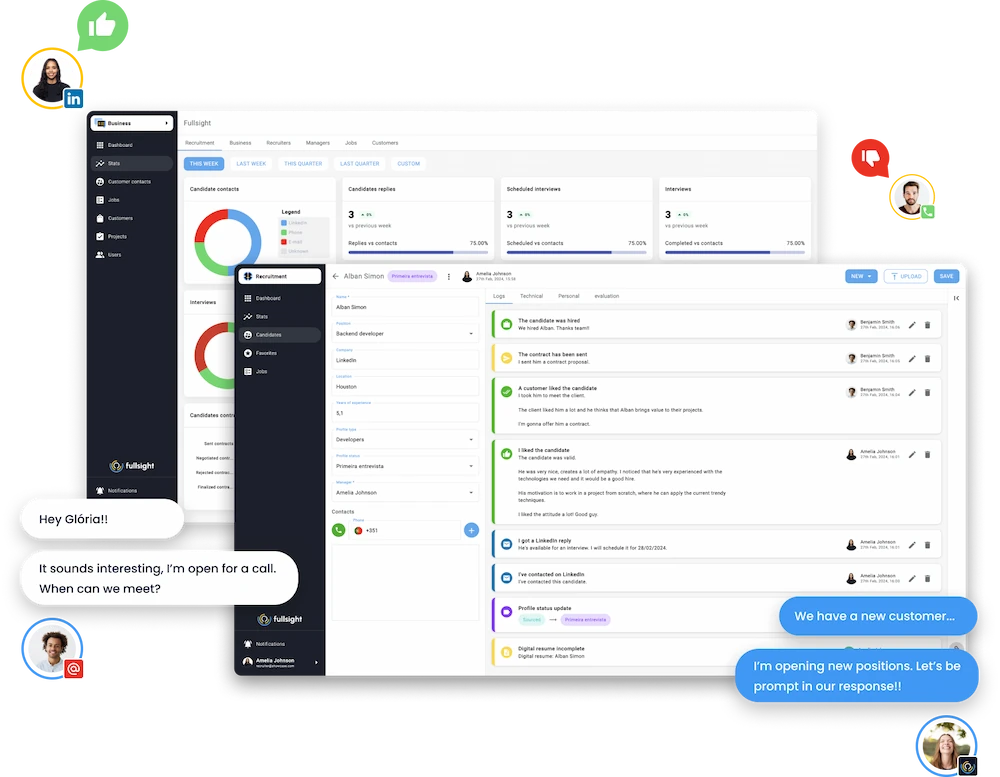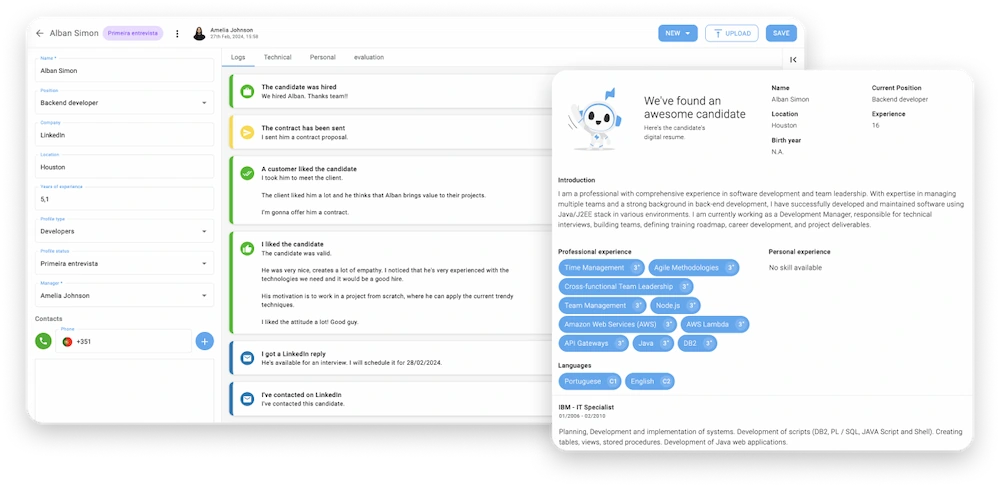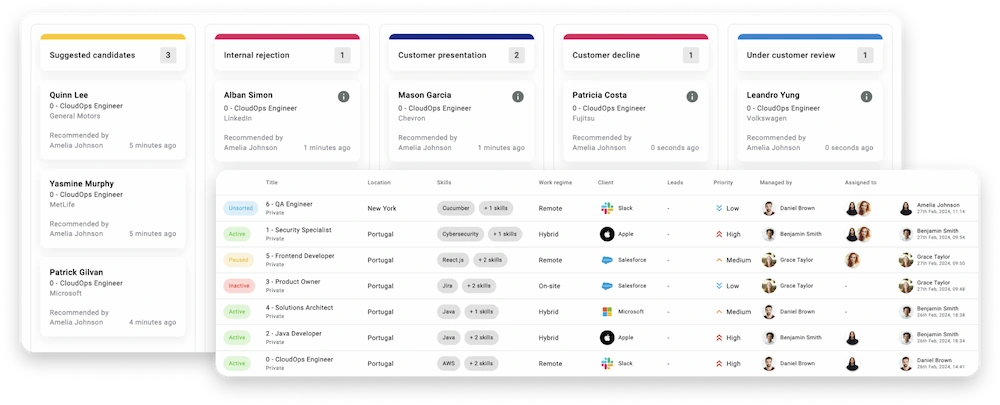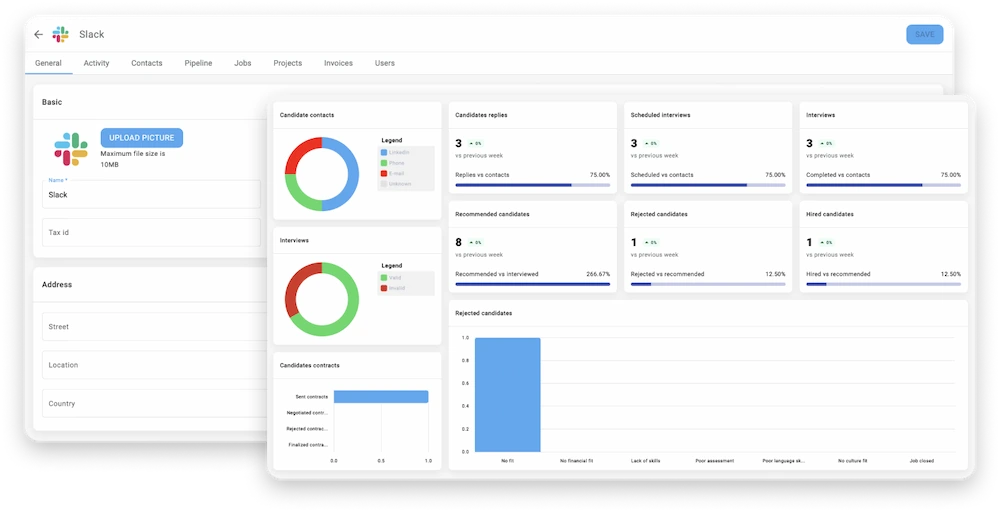Community
Beyond recruitment: how HR analytics drive overall business performance
Human resources is no longer just a support function. In 2026, HR analytics plays a central role in shaping overall business performance, going far beyond recruitment. With the rise of the Applicant Tracking System, AI recruitment and advanced data platforms, companies are turning people data into a strategic asset that directly impacts productivity, profitability and long-term growth. Organisations that make extensive use of HR analytics are significantly more likely to outperform competitors in productivity and financial results. This shift positions HR as a strategic driver, using data to support decisions that influence the entire business, not just hiring outcomes. HR analytics as a business performance engine HR analytics connects workforce data with concrete business results. By analysing recruitment efficiency, employee performance, retention levels and skills gaps, leadership teams gain a clear understanding of how people-related decisions affect revenue, customer satisfaction and innovation capacity. A modern Applicant Tracking System plays a key role in this process. It collects structured recruitment data such as time to hire, quality of hire and candidate experience. When these insights are combined with AI recruitment capabilities, organisations can move from reactive hiring to predictive workforce planning, reducing costs and improving talent quality. From recruitment data to strategic workforce planning HR analytics transforms recruitment information into long-term workforce strategy. By linking ATS data with performance and engagement metrics, companies can identify which profiles generate the highest business value over time. This insight is especially relevant in environments that rely on IT outsourcing and IT consulting, where the availability and performance of specialised talent directly impact project success. Data-driven workforce planning allows organisations to decide when to hire internally, when to rely on IT outsourcing and how to structure IT consulting teams more efficiently. HR analytics reduces uncertainty, supports smarter investment in skills and ensures alignment between talent strategy and business objectives. AI recruitment and operational efficiency AI recruitment goes far beyond faster candidate screening. It improves operational efficiency across the organisation. By analysing historical recruitment data, performance trends and turnover patterns, AI models help predict hiring needs, reduce bias and improve role matching. When embedded within an Applicant Tracking System, AI recruitment tools automate repetitive tasks and free HR teams to focus on strategic initiatives. This enables HR to work more closely with finance and operations, using shared data insights to improve decision-making at every level. HR analytics and leadership decision making Today, executives increasingly rely on HR analytics to guide high impact decisions. Workforce cost forecasting, productivity analysis and scenario modelling are becoming standard inputs in leadership discussions. HR data now influences expansion plans, digital transformation and service delivery models, particularly in IT consulting and IT outsourcing contexts. Despite this growing importance, many organisations still struggle to fully leverage HR analytics. Those who succeed gain a measurable competitive advantage by aligning people strategy with business performance goals. Fullsight as the foundation of data-driven HR This is where Fullsight becomes essential. As a robust Applicant Tracking System, Fullsight enables organisations to capture, structure and analyse recruitment data with precision. He supports AI recruitment processes while integrating seamlessly into broader HR and business environments. By using Fullsight, companies gain more than an ATS. He becomes a strategic platform that connects recruitment, HR analytics and overall business performance. For organisations focused on smarter hiring, stronger IT consulting outcomes and more efficient IT outsourcing strategies, Fullsight provides the data-driven foundation needed to transform talent insights into sustained business results.









